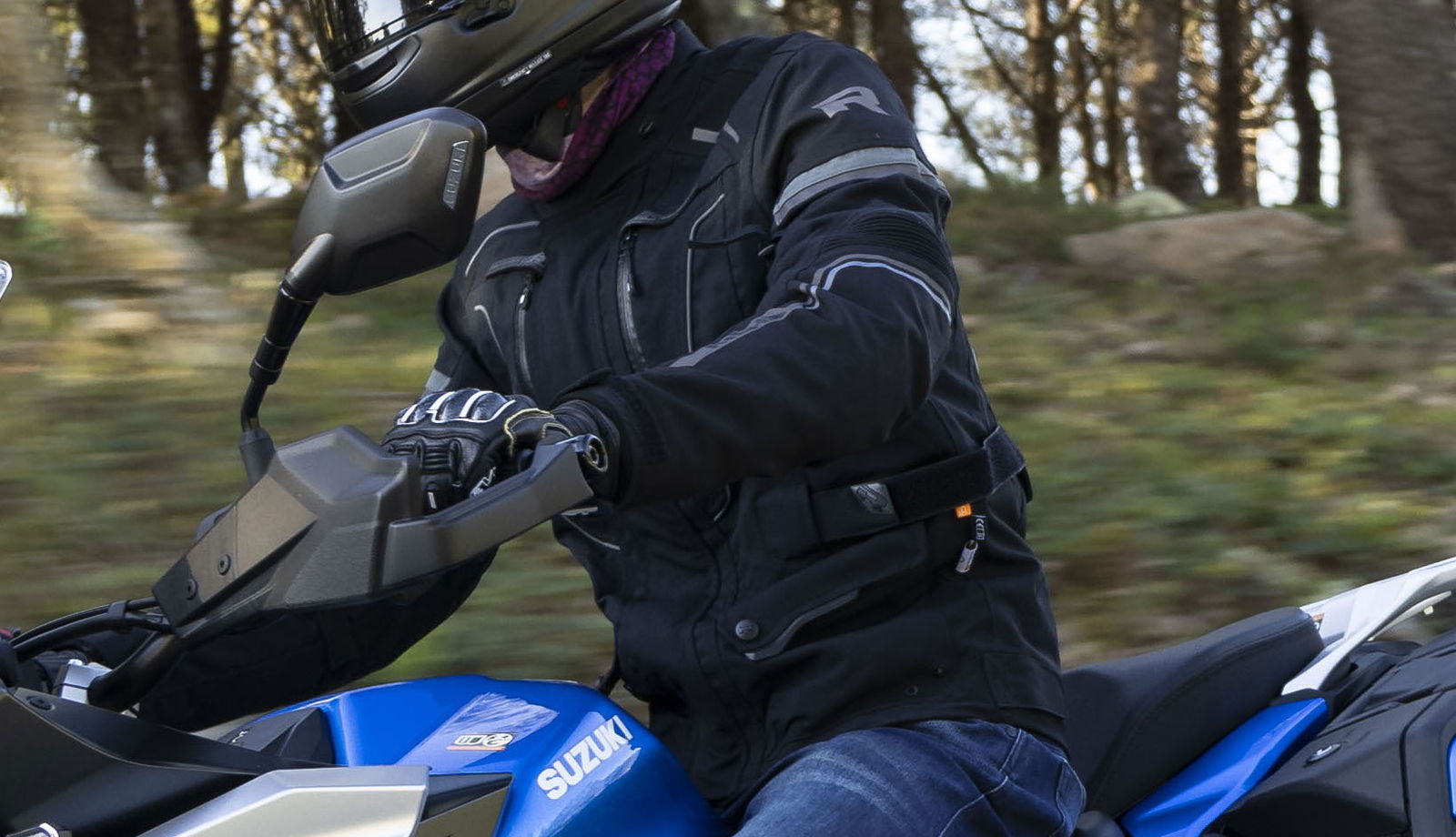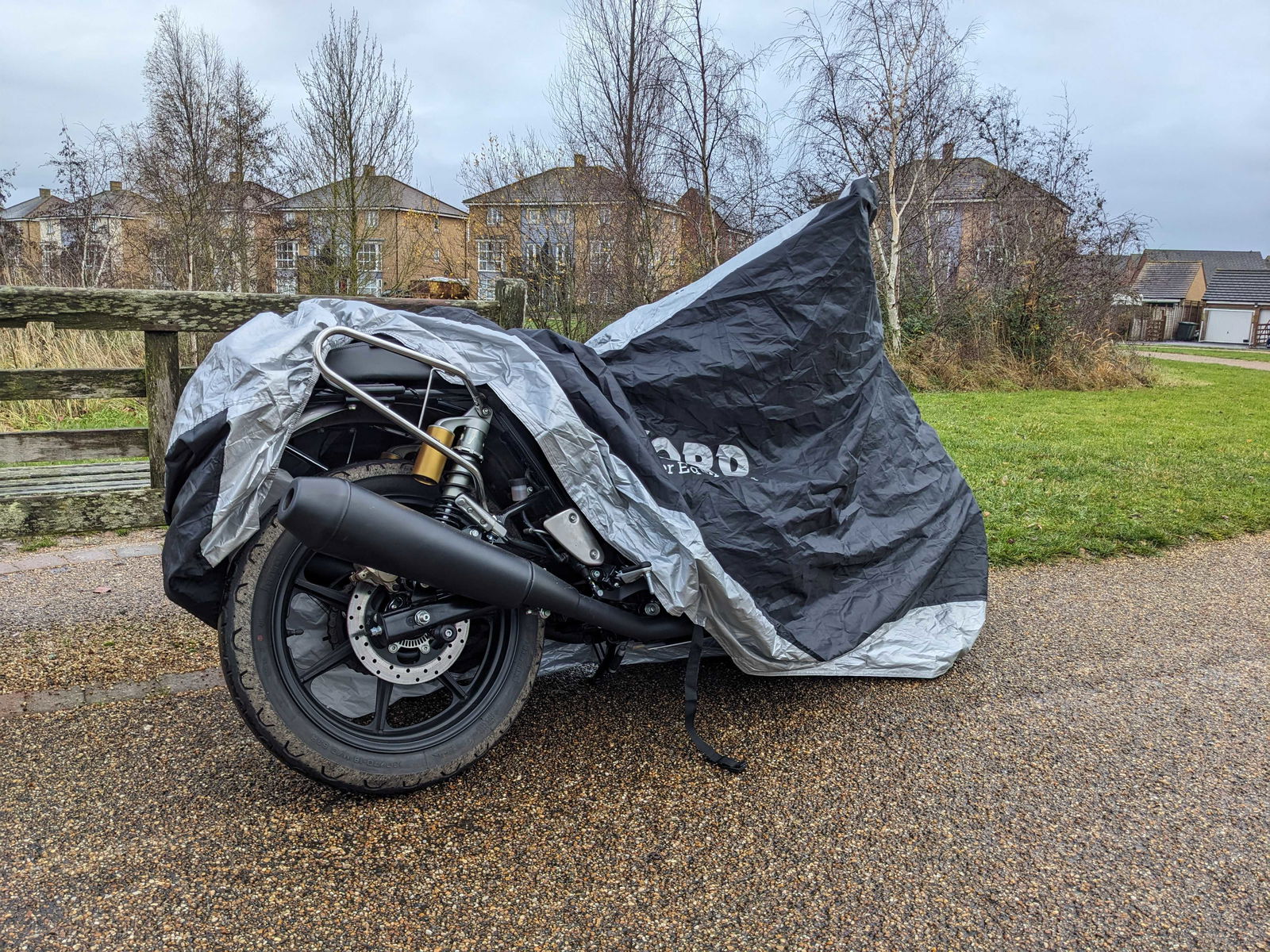A short history of keeping dry on a motorbike
Whenever you don your water-resistant motorbike gear, you’re benefitting from hundreds of years of innovation, as we’ll explain
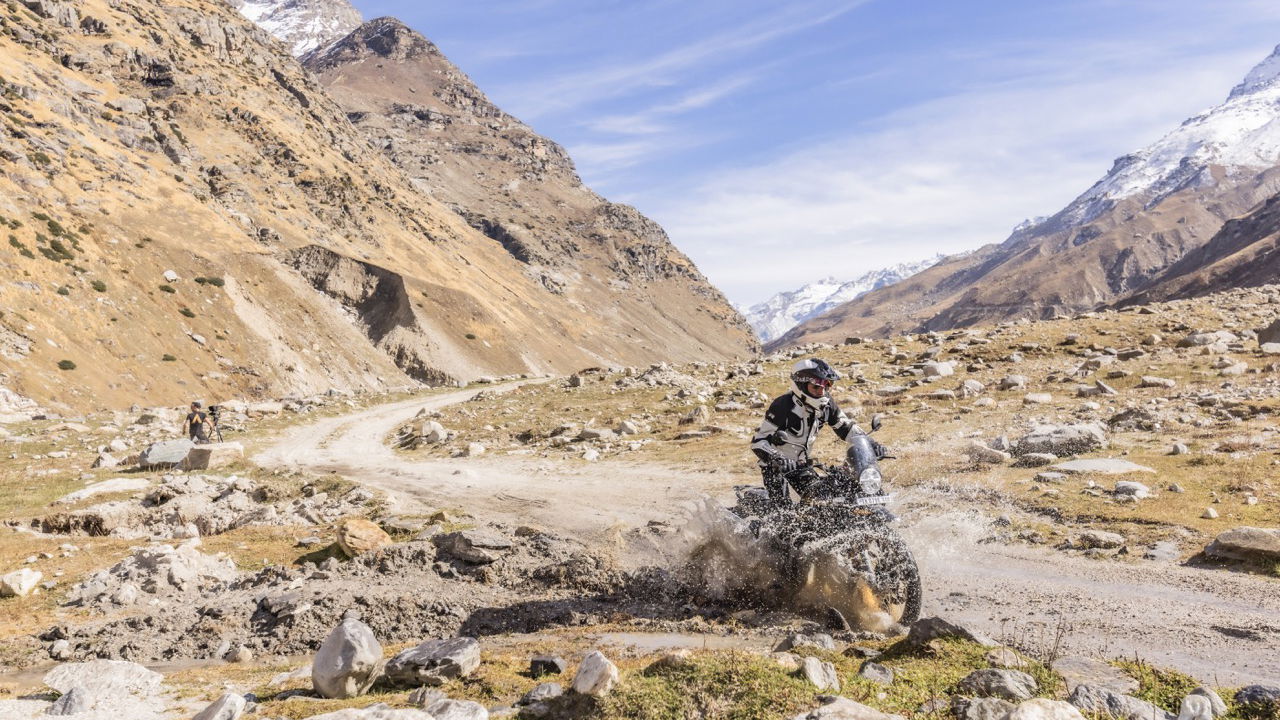
Trying not to get soaked to the skin predates the motorcycle. Across the world dubbin in many forms has been used for centuries to waterproof leather, for hundreds of years native Americans in Alaska used whale intestines sealed together with animal glue in a bid to stave off the wet and we’ve all heard of oilskins, canvas drenched in oil or tar, to keep sailors dry on arduous sea-voyages.
Lighter (and more aromatic) waterproofs arrived in 1823 when Charles Macintosh sandwiched a layer of rubber between two sheets of textured fabric, followed by Thomas Burberry’s self-ventilating waterproof ‘gabardine’ in the latter part of the 19th century, which wasn’t just water resistant, it was breathable too.
This was a crucial development as a build-up of sweat-derived moisture had the unpleasant effect of making the inside of the prototype Macs damp before a drop of rain had even fallen. But it was an early 20th-century version of the oilskin that managed to strike the perfect balance between water resistance and breathability, and you’ve Eli Belovitch, a Latvian businessman to thank for that.
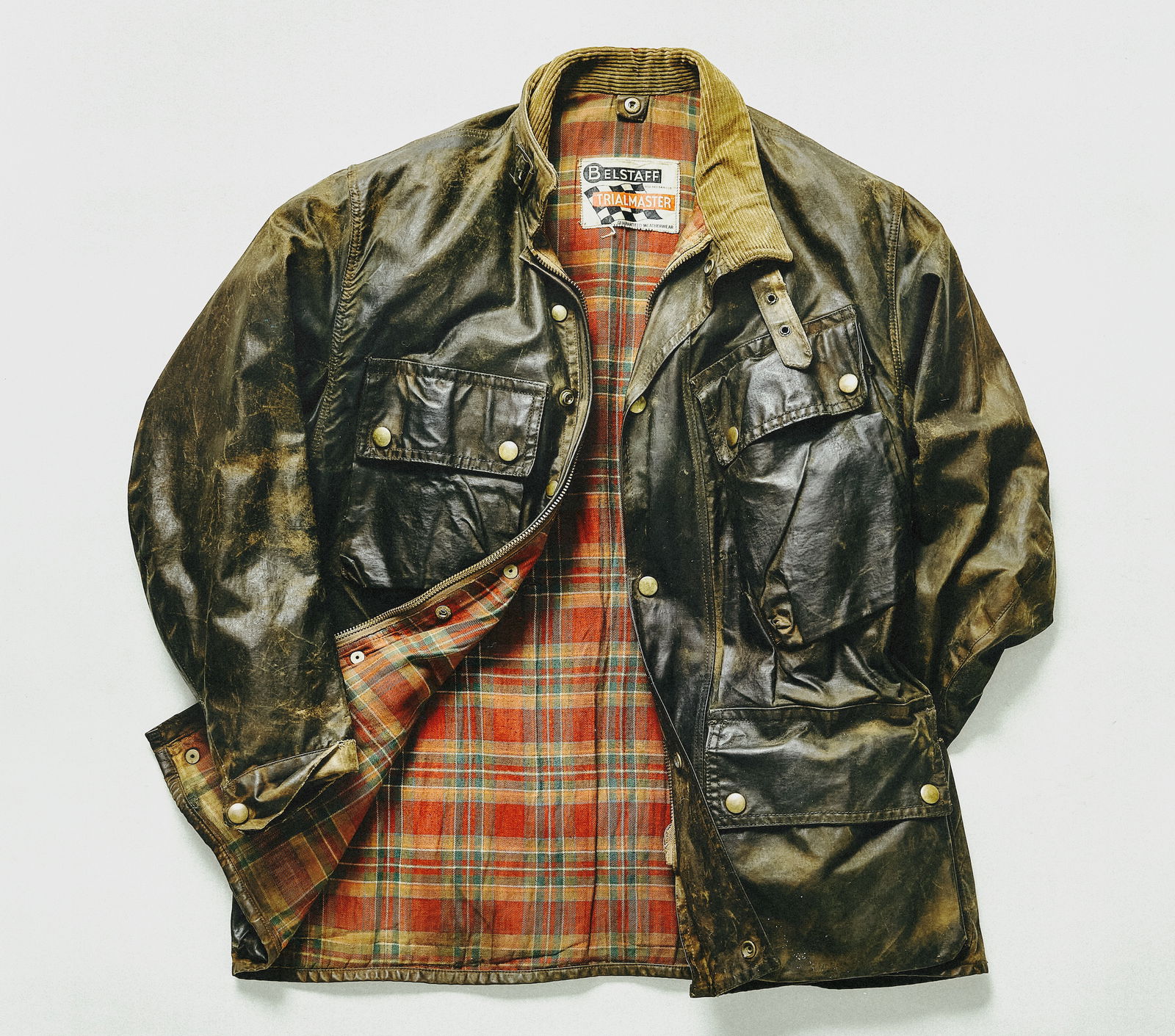
Based in Stoke-on-Trent and specialising in reclaimed fabrics, Belovitch had a thing for bikes, so in 1924 he founded the Bellstaff brand (note the two ‘L’s’, one was dropped in the 1930s) with his son-in-law, Harry Grosberg, solely for the manufacture of motorcycle clothing.
Instead of oil or tar, Belstaff applied wax onto a base of top-notch Egyptian Cotton; so long as the wax covered the surface of the motorbike jacket, the rain would keep out. But if the jacket was torn, abrased or left untreated you’d be no better riding through the rain in the niff. But that’s okay, because these days, although Belstaff does still make bikes-specific stuff, its products are probably better known for being used to cover the shoulders of men wearing red trousers climbing in and out of Range Rover Defenders on the Kings Road, rather than on and off riders enjoying the Six Day Trail in the Highlands, as per their original design, where they were genuinely effective at keeping riders dry and warm, by the way.
Belstaff was also a commercial forerunner of the use of what the industry now calls DWR (Durable Water Repellent) coatings to increase a garment's propensity to repel water before it has a chance to become saturated. Water-repellent coatings are nothing new (see dubbin and oilskins above) but these days modern coatings, like Nikwax, are typically used in combination with other waterproofing methods, rather than as a stand-alone method of repelling the rain.
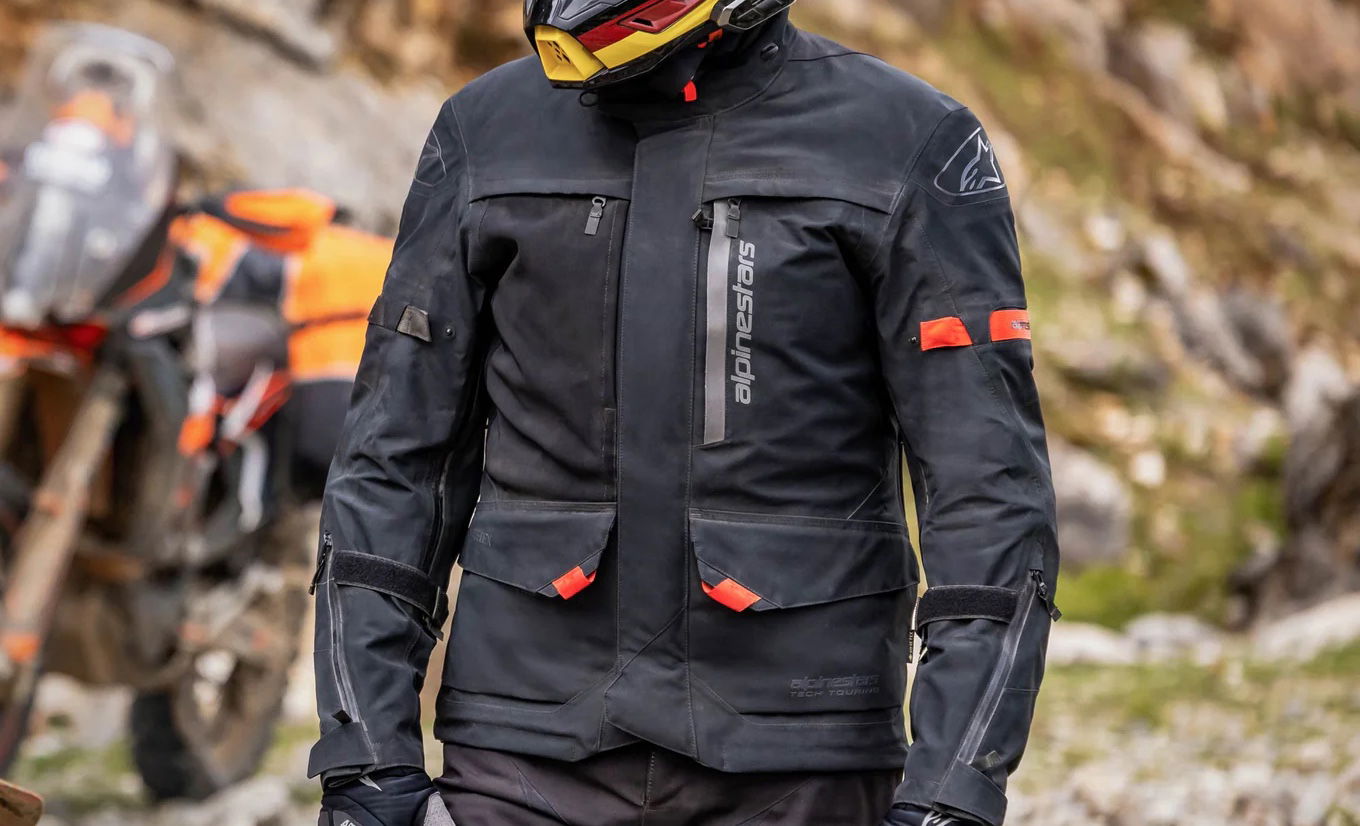
Arguably the most significant breakthrough in element-battling materials appeared in 1969 with the invention of Gore-Tex, a membrane with tiny holes 20,000 times smaller than a water droplet but large enough to allow air to circulate. It’s great (but expensive) stuff, but it doesn’t do abrasion, meaning that it needs to be securely sandwiched between other materials. And even then, it’s susceptible to heat and friction from simple body movement so if used regularly you may only get three or four years of good use before the rain gets in. Despite what I said earlier about Mister Red Trousers falling out of his Land Rover, there is a good reason why people still buy wax-cotton jackets for actual motorcycling.
By now, unless you’ve unlimited resources to purchase expensive textile-based waterproofs on a semi-regular basis, you might be feeling a little despondent about keeping dry when the heavens open. But there is a third, tried and tested option that’s both cheap and reliable.
So long as the garment is of sufficient quality to ensure the seams are securely welted and all the zips are concealed to prevent water ingress, you can do miles and miles in the pouring rain in one of those inexpensive waterproof all-in-ones. They look naff, especially when you're struggling to get one on/off in a layby, and they don’t breathe well, but so long as you’re wearing jeans/leather etc, underneath you'll be dry for years to come.
